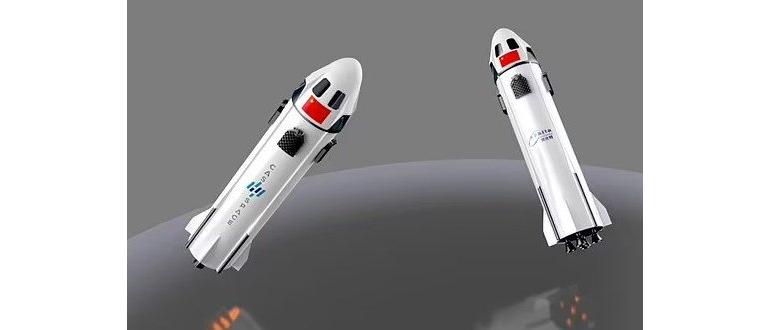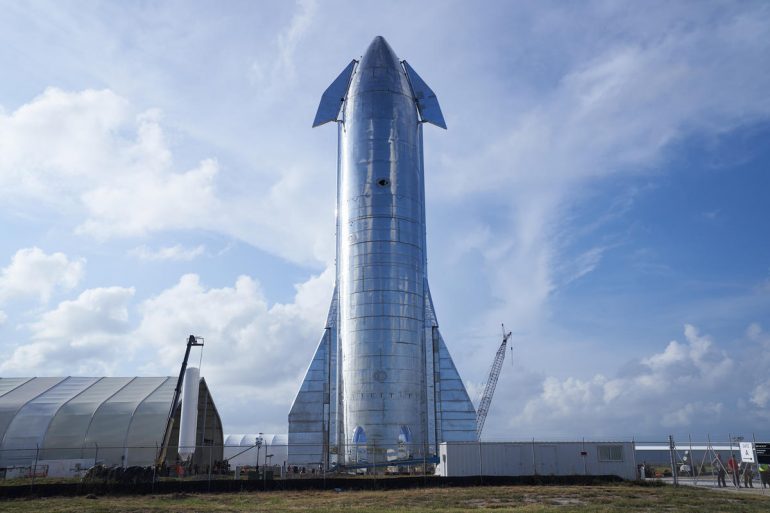Counterfeiting and intellectual property theft are more prevalent in China than in any other country in the world. According to some estimates, as much as 20 percent of all consumer products in the Chinese market are counterfeit, which costs anywhere between $225 billion to $600 billion in losses every year to the US alone. In China, you’ll find knockoffs of everything from mechanical watches to luxury cars to even military equipment. However, this time around, the country has pushed the envelope ever father. CAS Space, a commercial snip-off from the Chinese Academy of Sciences (CAS), has revealed its ambitions to develop rockets for space tourism and commercial satellite launches. The design renders of the rocket introduced along with the announcement that looks remarkably similar to Blue Origin’s New Shephard mixed with design elements inspired by SpaceX’s Starship.

The year 2021 has been an important milestone for space tourism as three of the biggest players in the business have all successfully completed their commercial manned space flights. It should hardly come as a surprise that more companies across the globe are also expected to jump on the bandwagon, especially with the private funding being funneled into it. CAS Space is aiming to complete a demo flight by next year and start sending paying customers to space by as early as 2024, which is quite optimistic. According to the company’s official press release, the rocket will have the capacity to carry up to seven passengers. The space flight will cross the Kármán line, which is generally accepted as the boundary between Earth’s atmosphere and outer space, and passengers will spend around 10 minutes in zero gravity.

Although the illustrations of the rocket by CAS Space suggest that it will closely resemble Blue Origin’s New Shephard, the Chinese rocket has some key differences. Unlike the American suborbital space tourism rocket, the rocket by CAS Space will be powered by five “Xuanyuan” kerosene-liquid oxygen engines. The Blue Origin rocket that took billionaire Jeff Bezos to space earlier this year uses a single BE-3 liquid hydrogen-liquid oxygen engine. The Chinese rocket also doesn’t have legs to land on and would instead be “caught” by an arm attached to the launch tower. The crew capsule will use three parachutes to come back to the earth’s surface.

